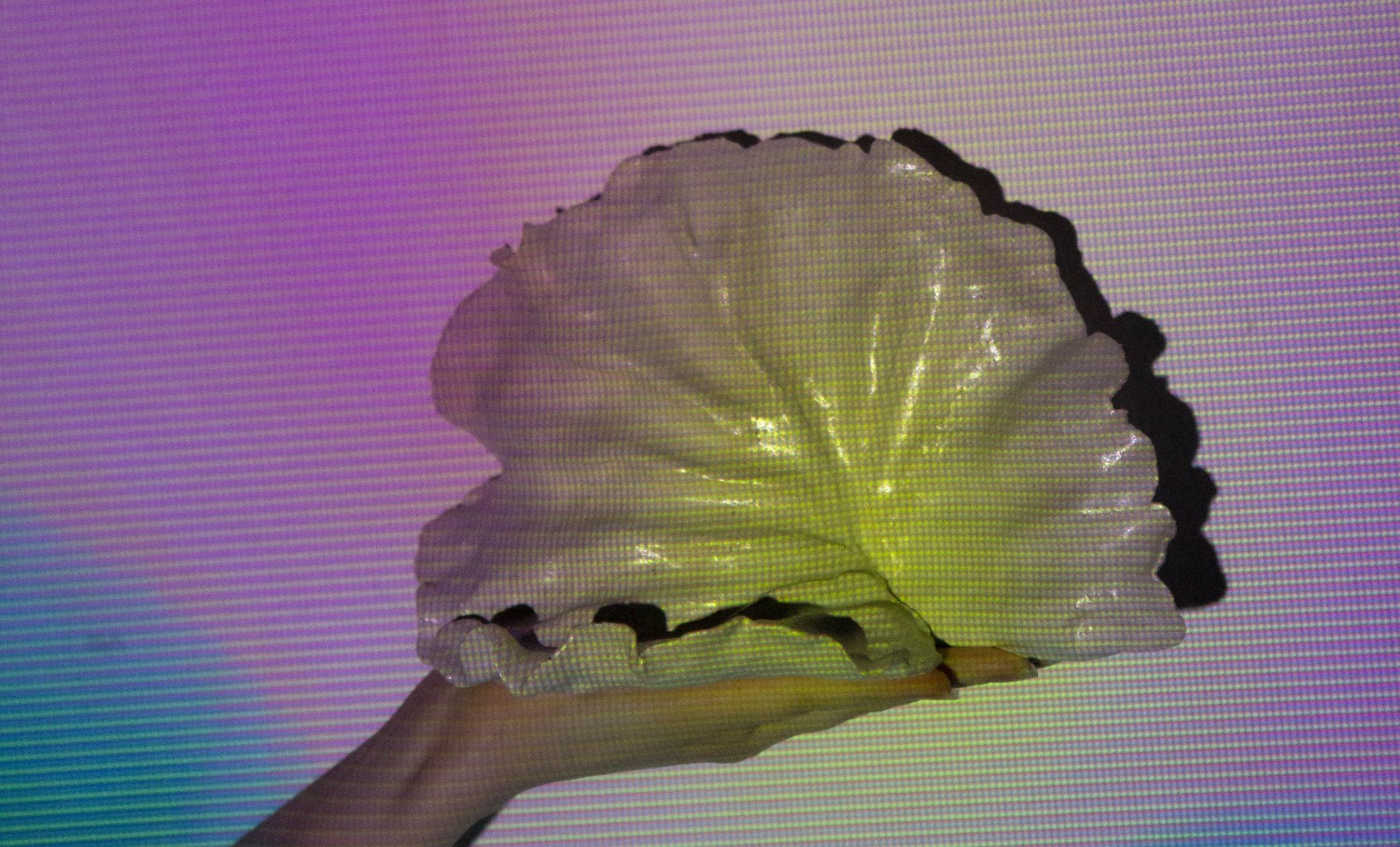Shell
Different kinds of seashells are washed ashore by the tides around the world. Many molluscs of the sea form exoskeletons for support and protection. Best known are gastropods (sea snails) and bivalves like clams or mussels, but chitons and some cephalopods also have shells (such as nautiluses and squids, with their internal shells). Similar structures can also be found in brachiopods, arthropods, and echinoderms like sea urchins. The chemical composition of these shells varies between species but in most cases, calcium carbonate is needed for biomineralization. Ocean chemistry therefore plays an important role in the forming of shells. In the past, environmental changes have influenced the evolution of shells. The ratio of magnesium to calcium in the oceans determines which type of calcium carbonate, whether calcite or aragonite, is more common. Over the course of millions of years, the seas have shifted between calcite and aragonite. This either made life easier or more difficult for shell-building organisms, depending on which of the two materials they formed their shells from. During the Jurassic period however, about 170 million years ago, calcifying plankton spread throughout the oceans and made calcium carbonate more available, balancing out the acidity of the ocean. This enabled a huge variety of shell-building organisms to evolve. However, this variety is at risk today, as rising levels of atmospheric carbon dioxide lead to ocean acidification, a great threat to shell-buidling organisms. The clay sculpture picks up the formal language of various shells in an abstract way that, at the same time, is also reminiscent of a place for mollusks to hide.
Sources: Eichenseer, Kilian et al, “Jurassic shift from abiotic to biotic control on marine ecological success”, Nature Geoscience, vol. 12, (2019): 638-642.
Guinotte, John M. And Victoria J. Fabry, “Ocean Acidification and Its Potential Effects on Marine Ecosystems”, Annals of the New York Academy of Sciences, issue. 1134, (2008).
